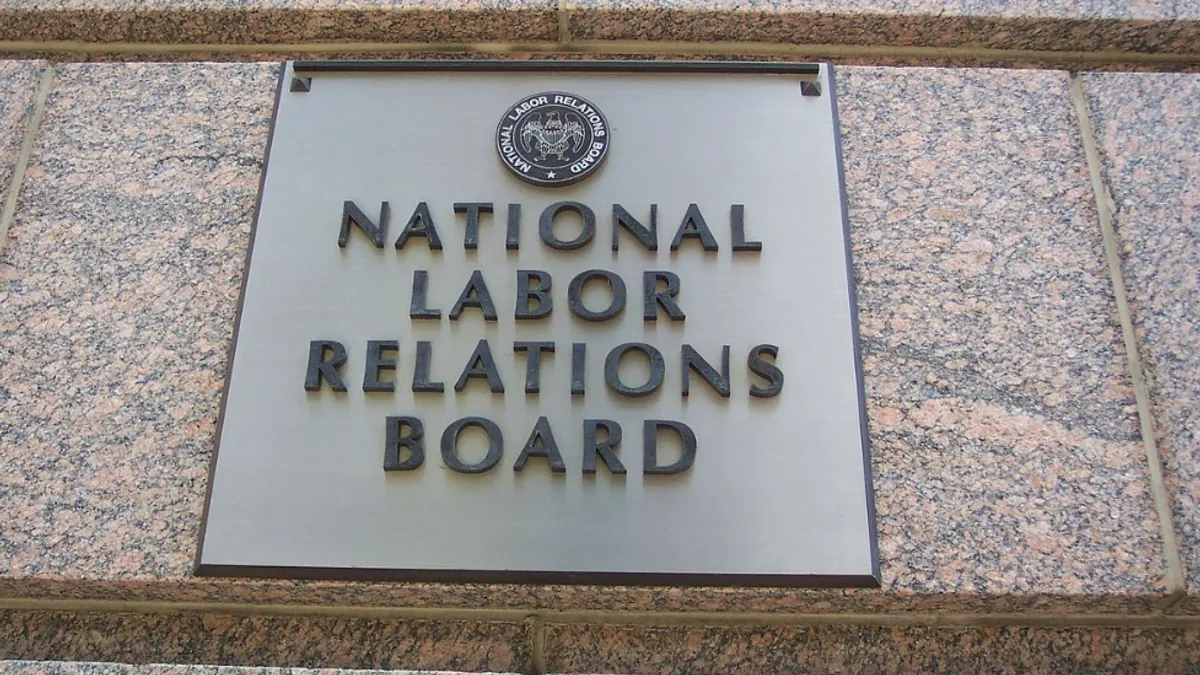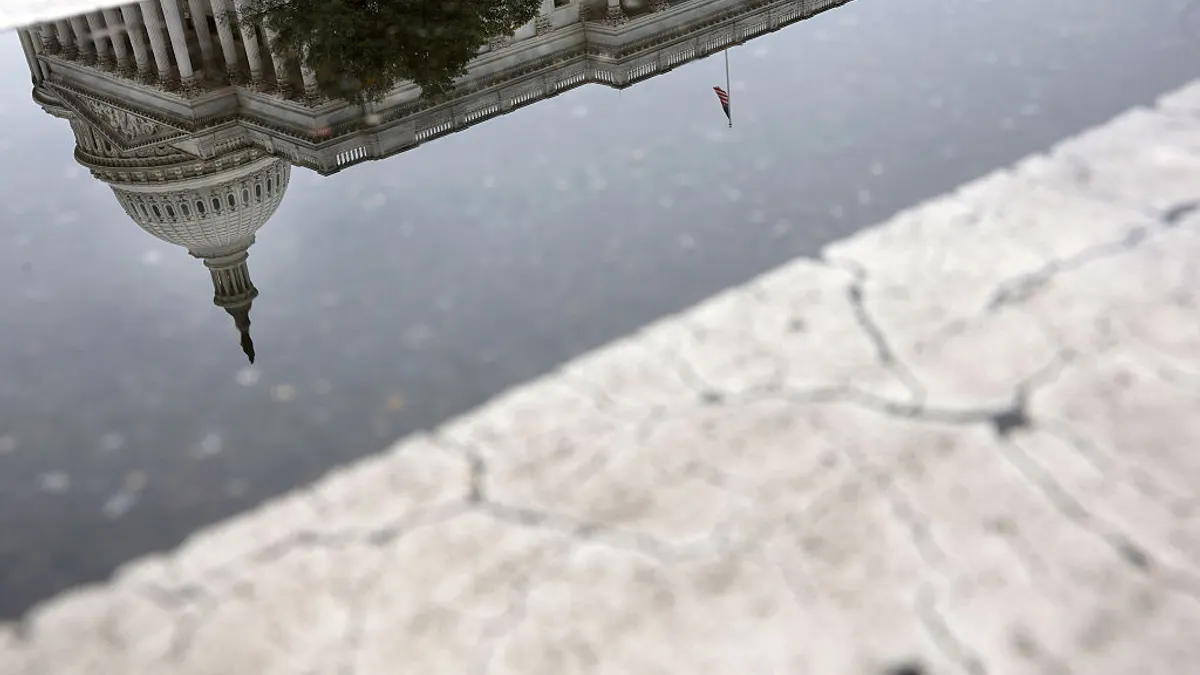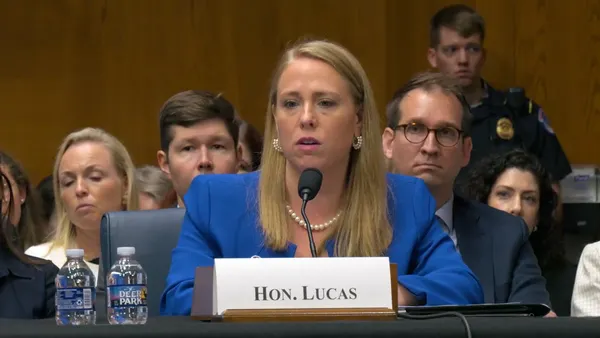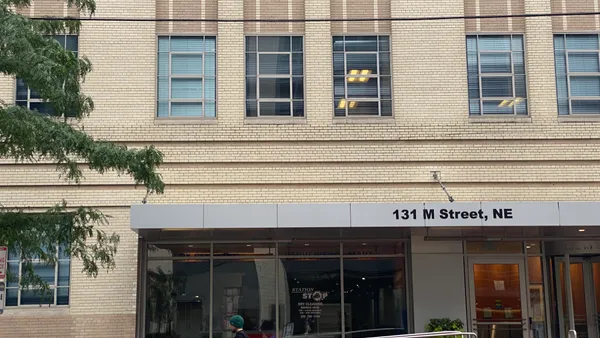Dive Brief:
- Former National Labor Relations Board member Gwynne Wilcox has filed a lawsuit against President Donald Trump and Board Chair Marvin Kaplan, calling her firing a “blatant violation of the National Labor Relations Act” (Wilcox v. Trump).
- According to the NLRA, the president may only remove board members in cases of “neglect of duty or malfeasance in office, but for no other cause,” and only after “notice and hearing.” Trump made no effort to identify neglect or duty or malfeasance, and there was no notice or hearing, the complaint alleges.
- The lawsuit, which was widely anticipated, is the first to challenge Trump’s unprecedented firings of congressionally approved members of independent agencies.
Dive Insight:
Wilcox acknowledged the lawsuit was the “test case” the president was likely looking for following the series of unprecedented firings, but said she “is also cognizant of the fact that, if no challenge is made, the President will have effectively succeeded in rendering the NLRA’s protections — and, by extension, that of other independent agencies — nugatory.”
Two commissioners of the U.S. Equal Employment Opportunity Commission, Charlotte Burrows and Jocelyn Samuels, were also removed by Trump in recent weeks, in a similar move affecting agencies that enforce federal workplace protections. Burrows and Samuels have both hinted they would pursue legal action.
Title VII of the Civil Rights Act of 1964, which established the EEOC, does not address commissioner removals; however, according to law firm Wyatt, Tarrant and Combs, “It has historically been understood that commissioner removal requires cause (negligence, malfeasance, or some other justification for removal).”
In contrast, the NLRA is explicit, as Wilcox noted in her complaint: “Any member of the Board may be removed by the President, upon notice and hearing, for neglect of duty or malfeasance in office, but for no other cause.”
Attorneys believe the Trump administration sees the firings as an opportunity for the U.S. Supreme Court to revisit and potentially overturn Humphrey’s Executor v. United States, a 90-year-old court case that upheld Congress’ power to create independent commissions and boards and denied the president the ability to remove members of such agencies at will.
Many legal analysts, including Rachel See and Andy Scroggins at Seyfarth Shaw, believe the Supreme Court may be favorable to overturning Humphrey’s. In 2020, Justice Thomas wrote an opinion that rejected the premise of the 1935 decision, with which Justice Gorsuch concurred. Additionally, Justices Roberts, Alito and Kavanaugh have subsequently “joined opinions enthusiastically supporting the ‘unitary executive’ theory as applied to President Trump’s actions,” See and Scroggins wrote in a recent analysis.















